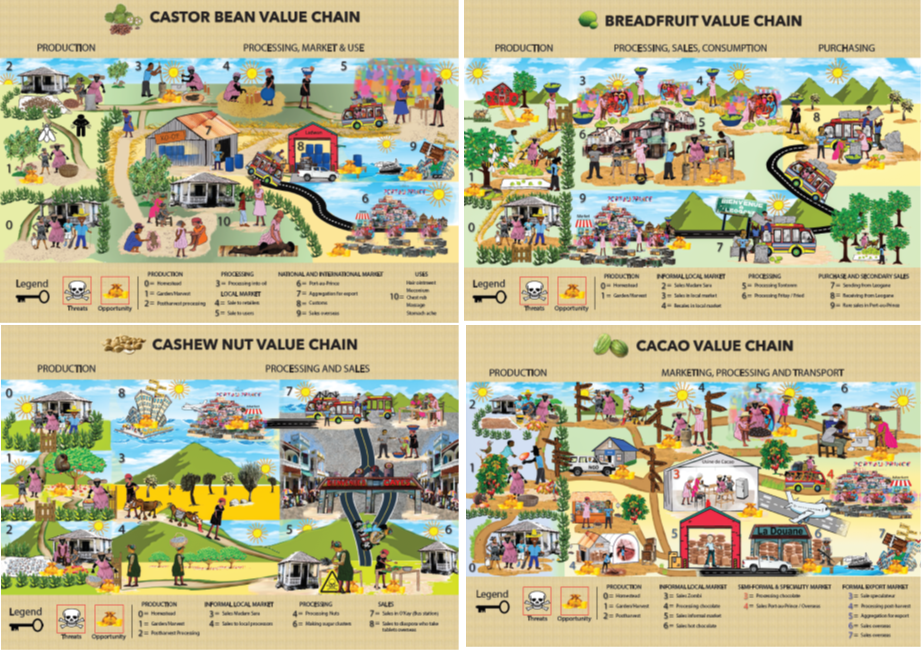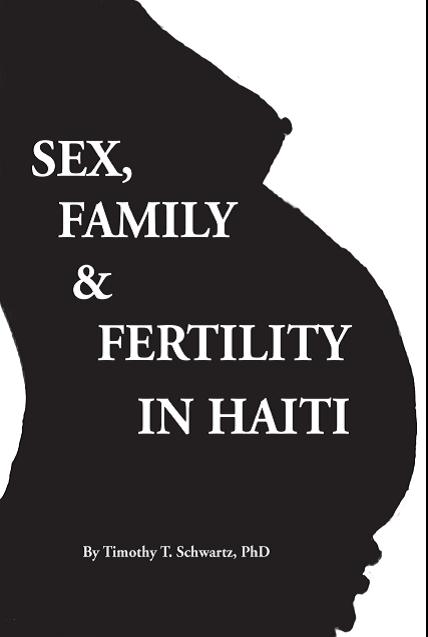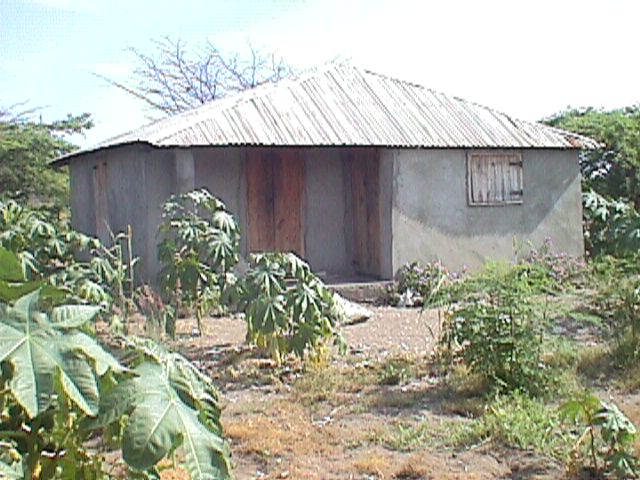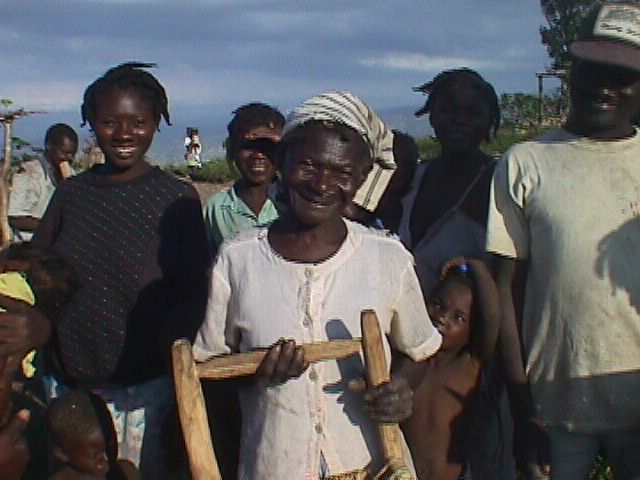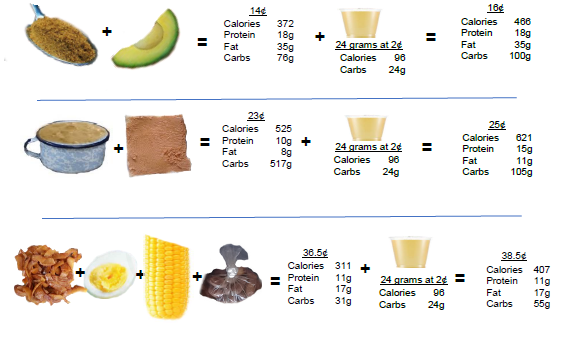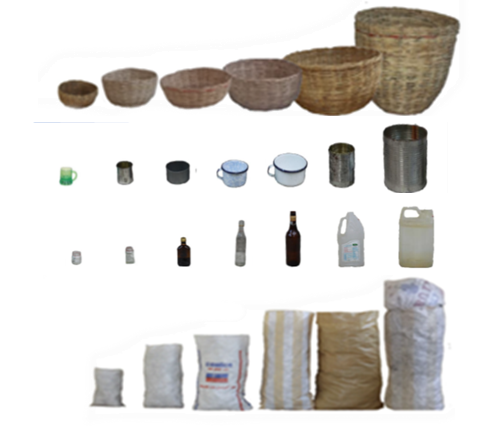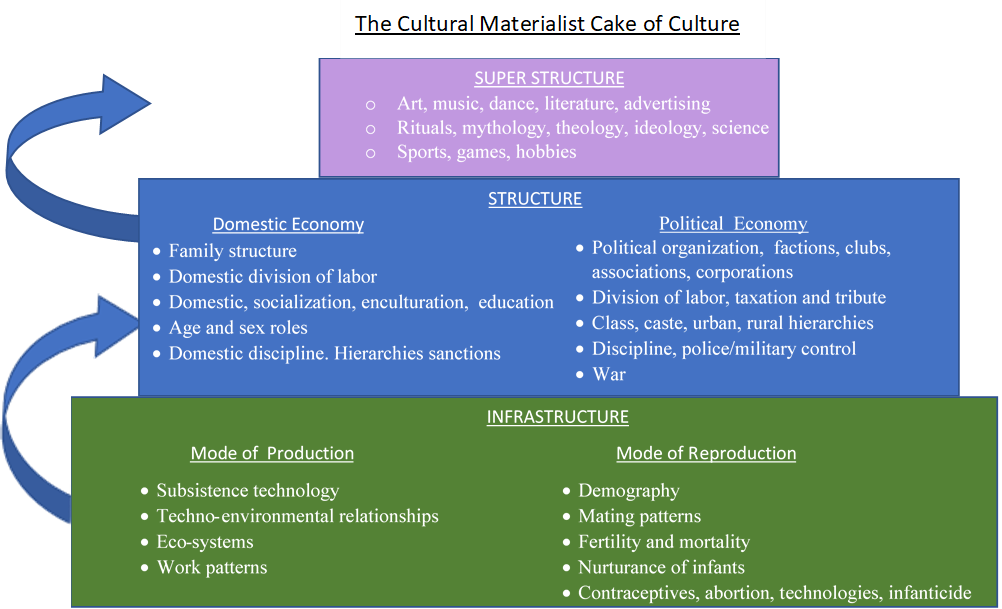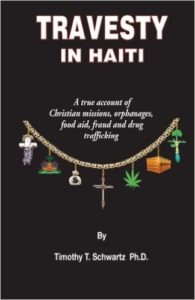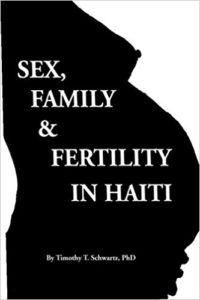Nine Characteristics that Condition the Current Haiti Crisis
Picture is from Jeanty Junior Augustin/Reuters In this post I try to make the situation in Haiti understandable by identifying nine critical historical and contemporary processes that condition the current crisis. 1. Class Schism 6. Urbanization 2. Rural/Urban Divide 7. Centralization 3. Internal Rotating Market System 8. Emigration 4. PoliticalRead More
Value Chain Study: Cacao, Cashews, Castor Oil, & Breadfruit
This document presents research on four value chains in Haiti: cacao, cashews, breadfruit and castor bean oil (ricin). The research was conducted in the context of the ILO project FOPRODER (2015-2020), that works through cooperatives and associations in Haiti to provide professional training and promote resiliency of value chains. Arguably the most important information inRead More
Sex, Family and Fertility in Haiti
Reviews Rich, sophisticated, authentic, provocative, the work of a genuine anthropologist. (Robert Lawless, Wichita State University) Schwartz challenges prevailing wisdom in the field of demography with a strong set of data. He shows the relationship between marriage, family, fertility, agriculture, and emigration in rural Haiti. He relates beliefs with behavior and opportunities and strategies forRead More
Understanding the Impact of Emigration in Haiti
In the 1960s and 1970s the typical gran neg or gran dam (Patron) in provincial Haiti was an individual belonging to a large family that, a) had more and better land than most people in the region, b) a better education, c) urban connections, but, d) was heavily invested in land, agricultural production, livestock rearingRead More
Timothy T Schwartz, Ph.D. Dissertation
Fertility among farmers in Jean Rabel, Haiti, is high, perhaps the highest biologically possible given the prevalence of infectious diseases, low calorie diets, high rates of female malnutrition, high female labor demands, and high rates of male absenteeism. High fertility is reinforced by what is here called the pronatal socio-cultural fertility complex, which includes theRead More
Haiti Anthropology Brief: Importance of Housebuilding and Local Cost of Building a House in Rural Haiti
I have put this brief together with the post-earthquake housebuilding craze in mind. After the 2010 earthquake, international organizations did a lot of housebuilding in Haiti. Yet, there is a whole lot about the topic that seemingly no one at the time was interested in learning. And so here I want to get it downRead More
Violent Women in Haiti: Ethnographic and Survey Data
There is a great deal of concern in the NGO community about violence against Haitian women. Google ‘Haiti GBV’ and you’ll see that it’s a veritable rallying cry for feminine interventions and donations. It’s always good to help people, especially those who are victims of violence. But the vast majority of people seeking to helpRead More
Snacks, Meals, Prices, and Nutritional Content for Proposed Locally Procured School Feeding Program in Haiti
This article addresses the prospects for true, locally procured meals for a national school feeding program, something that does not yet exist. We present a series of the most commonly available local Haitian foods together with street costs and nutritional analysis. The suggestion is that prepared food containing twice the calories and protein available inRead More
Weights vs. Volume Measures: Overview of Haiti Informal Market Volume Measuring System
The most significant measures for both the market woman and the typical customer in Haiti are those used to measure the most popular staple foods: cans and cups from the mammit (3 litre can), to the ti mammit (500 ml can), to the gode (440 ml), demi gode (320 ml) and the bwat let (180Read More
Haiti Anthropology Brief: Cultural Materialist Cake of Culture
Here I provide a brief summary of the cultural materialist model with the graphic Cake of Culture. I do so because, a) The model is useful to those seeking to understand the social system in developing countries, and more specifically for those endeavoring to evaluate development interventions and understand why they work or don’t workRead More

